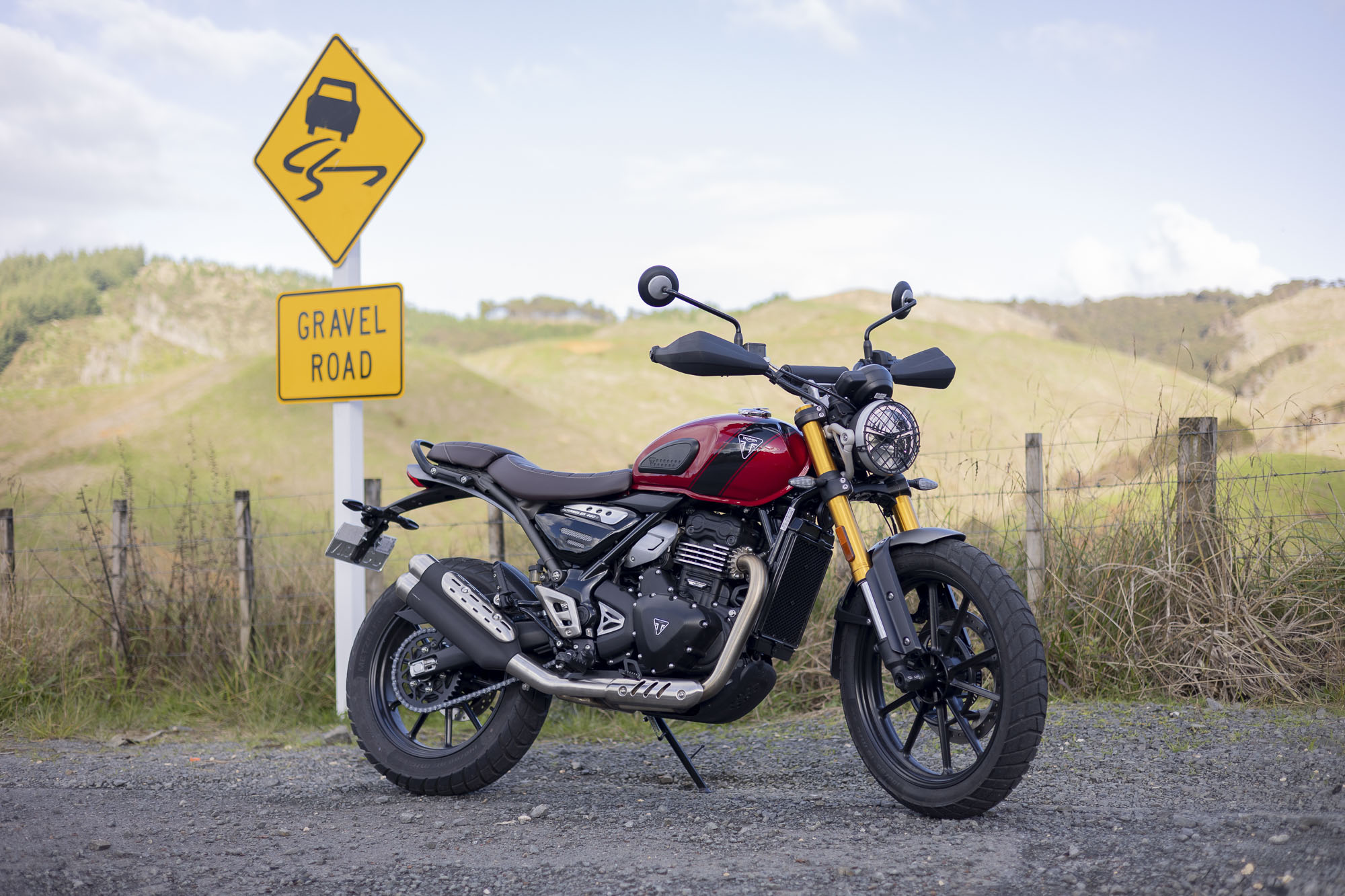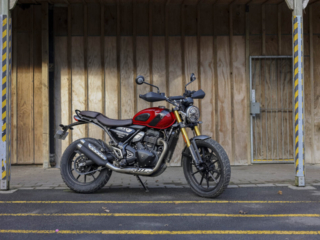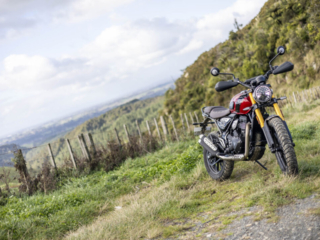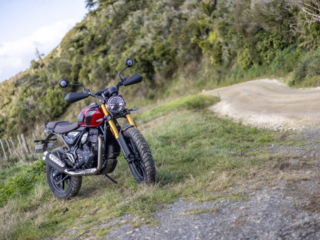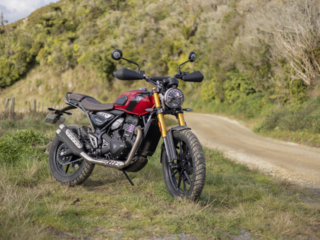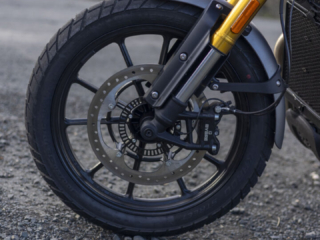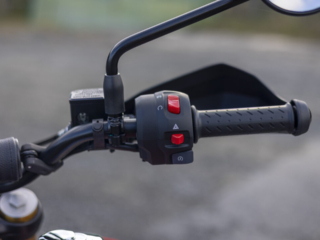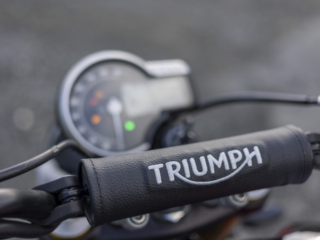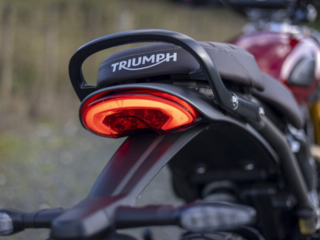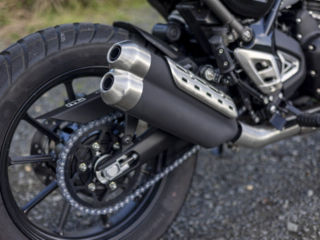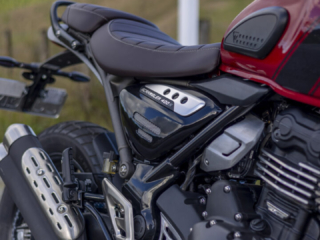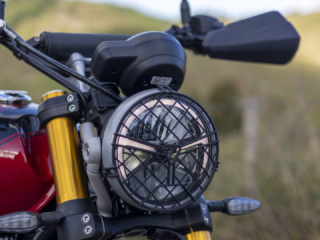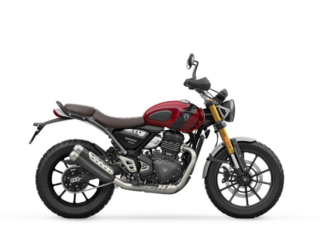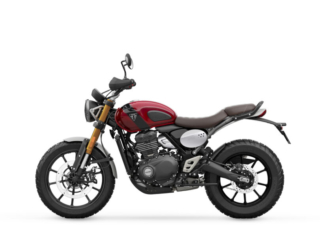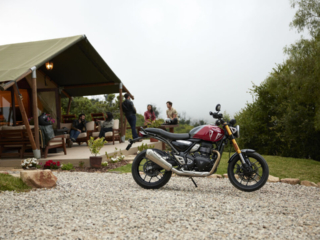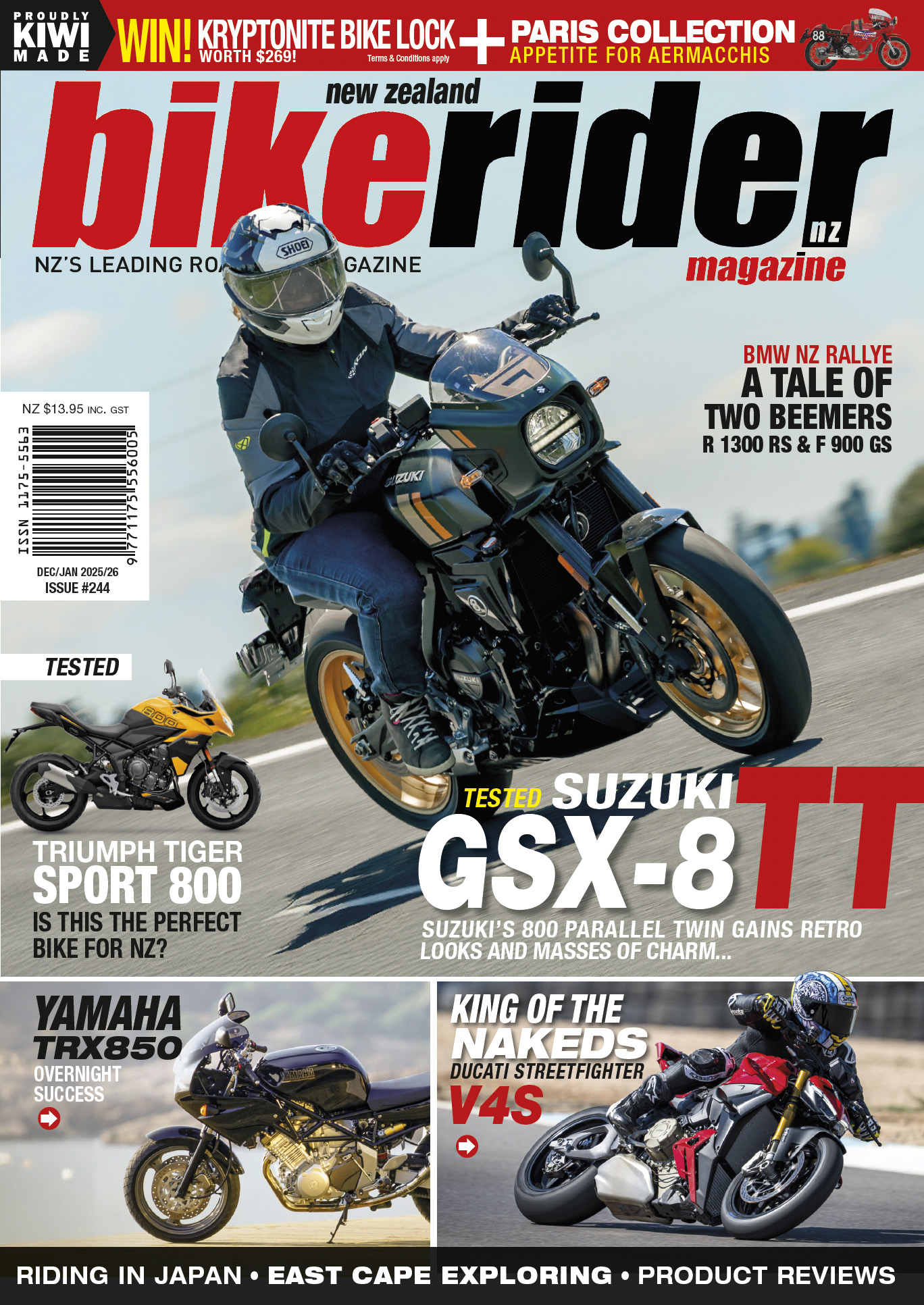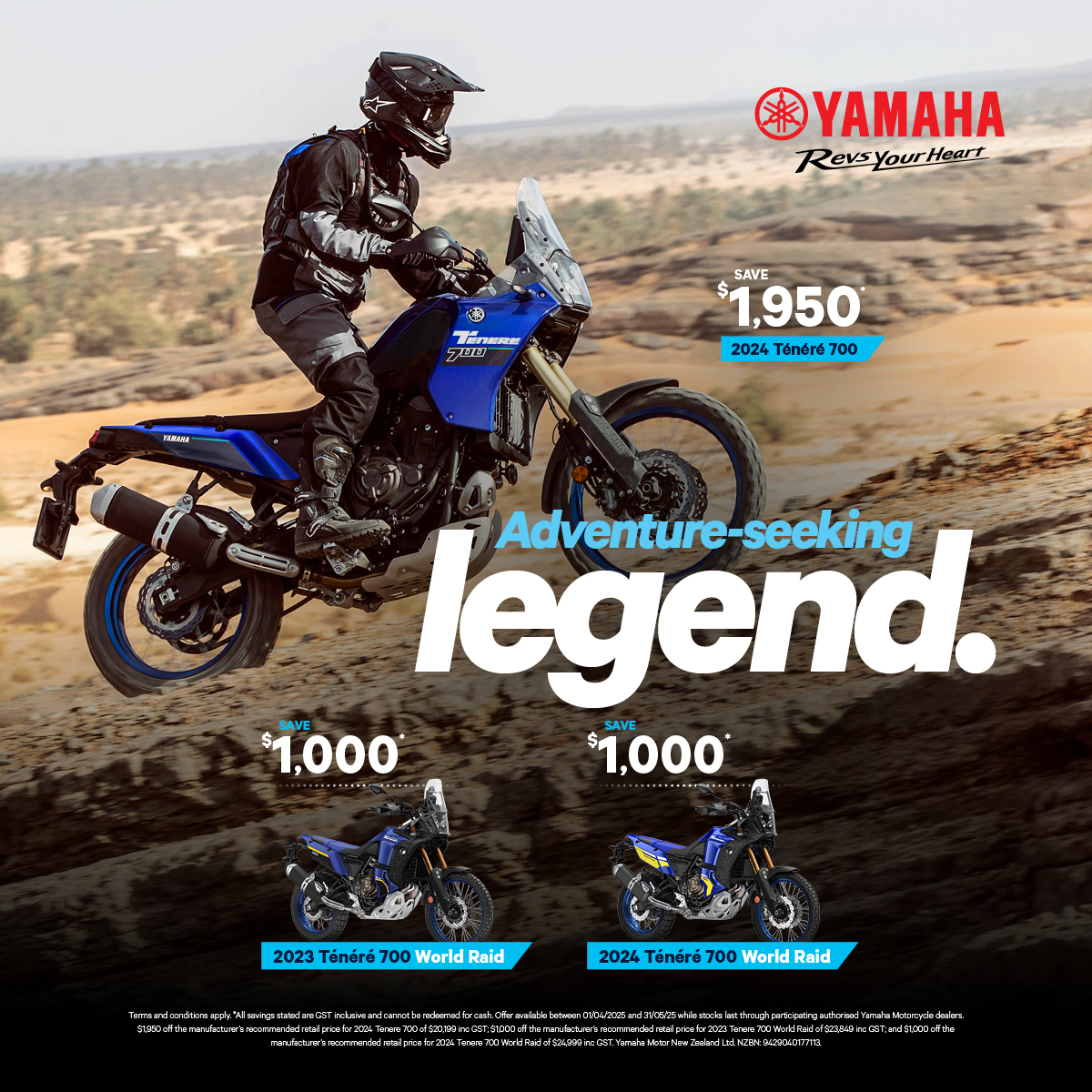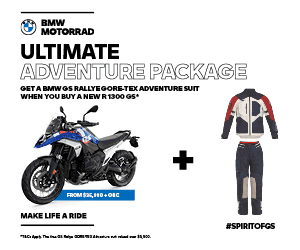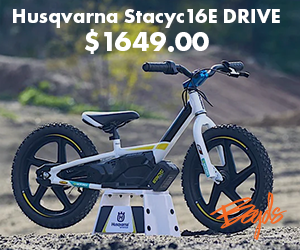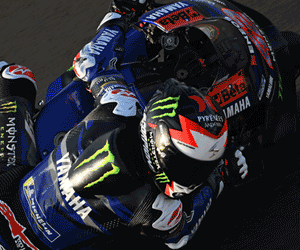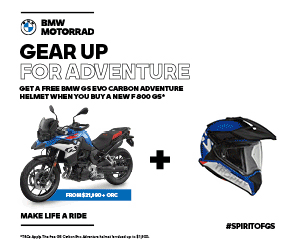Triumph has seen plenty of success in the hotly contested 400cc category with a mini me version of their stylish 900 & 1200 Scrambler. We take the X to get muddy and reckon it’s really rather good…
Words & pics: Paul
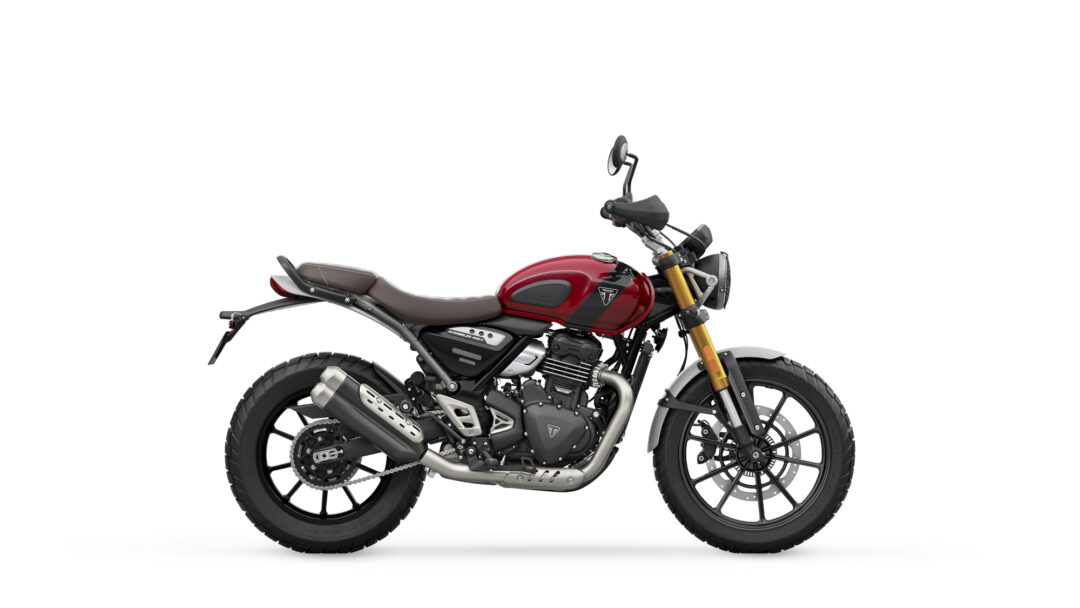
Who would have thought the 400cc four-stroke category would once again by bursting with new models after we moved on from the screaming four-cylinder machines of the ’80s. Yet, here we are in 2024 with the segment one of the current movers and shakers, and it’s showing us that you can still have plenty of fun on a sub-$10k machine with only 40hp!
One of Two
BRM was overseas at the time of the local Triumph 400s launch, so we hadn’t ridden the Speed 400 before being given the chance to sample the Scrambler 400. Yet, reading up on the launch literature shows that despite the models being based around the same 398cc single-cylinder powerplant, there are significant differences between the two bikes that are likely to swing your decision one way or the other depending on factors, including your height, you intended purpose and, importantly, your bank balance.
At $8,995 + ORC, the Scrambler is the more expensive of the two models, with the Speed 400 a not insignificant grand cheaper. Yet, there are a number of changes between the two to justify the added expense of the Scrambler, and if your riding is even remotely likely to take you on paths unsealed, then stumping up the extra dosh in the dealer is going to pay dividends. The Speed 400 (as the name suggests), is based on the Speed Twin 900 and 1200, which have been stalwarts of Triumph’s Modern Classic range for many years, and the styling of the new 400 combined with the fact it’s got 17-inch wheels, roady tyres, reduced ground-clearance and a lower 790mm seat height make it the pick if you’re smaller in stature and have no intention of riding off-road.
The Scrambler 400X gets an identical powerplant with the water-cooled, 4-valve, DOHC single producing 39.5hp @ 8,000rpm combined with 37.5Nm @ 6,500rpm. Intake is via Bosch fuel injection and gets a ride-by-wire throttle, and while the Street has a larger single exhaust can, the Scrambler gets a stylish-looking twin set-up, which provides a satisfying burble when you hit the starter despite the small capacity piston.
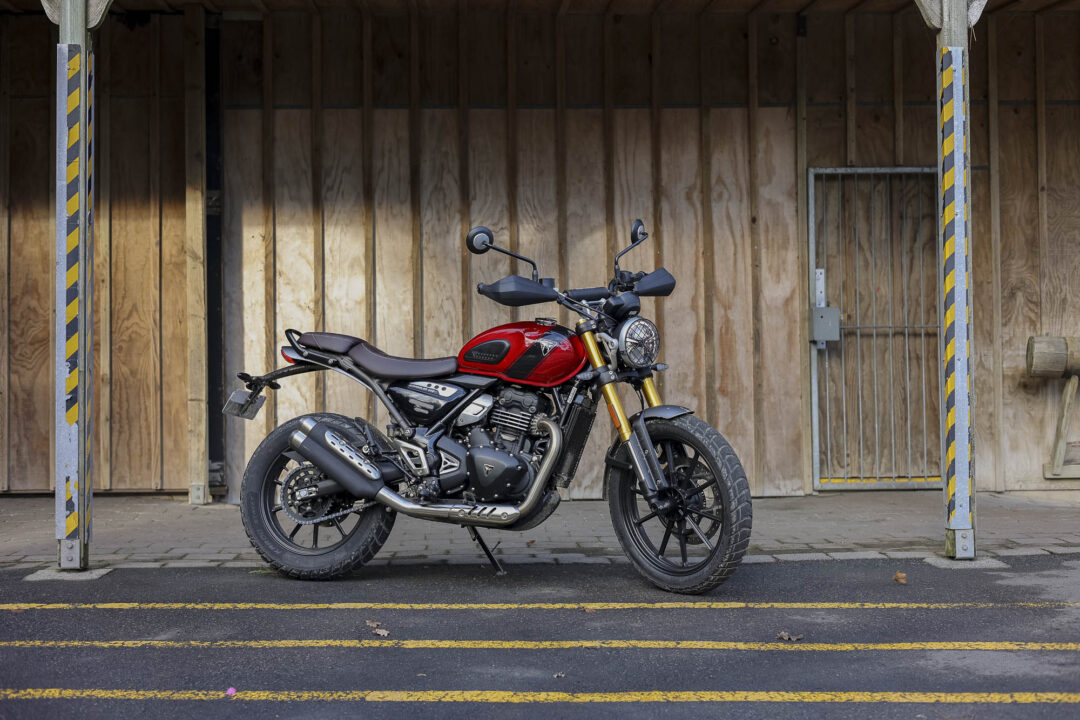
The powerplant withstanding, the changes between the two models are plenty, with the Scrambler getting a different frame and geometry that factors in the bigger 19-inch front wheel and longer-travel suspension, with the 43mm upside down Big Piston forks offering 150mm of wheel travel while the monoshock offers the same. It’s a shame the changes between the two models didn’t extend to spoked wheels for the 400X, which really would have given it a pukka Scrambler look, but I guess they were out of the budget, so instead, there’s a set of cast aluminium alloy 10-spoke items wearing a classy set of Metzeler Karoo Street tyres. All too often, we see these more budget-friendly machines that are produced in China or India being furnished with local rubber that really isn’t too great, so the fact the Triumph gets the excellent Karoos is a real bonus, especially if the riding you do is varied.
The brakes also get an update on the 400X, with the four-piston radial calipers gripping a bigger 320mm disc (the Speed gets a 300mm), which is undoubtedly due to the extra 9 kilos the Scrambler is carrying, although interestingly, Triumph then saw to fit different pads to reduce the sharpness of the initial bite in an effort to make the X more manageable off-road. Without an ABS system with off-road specific settings, the sharpness of the Speed 400’s brakes were felt to be a bit much, so softening the response was their answer, although on the road the pads do feel slightly underwhelming. What the Scrambler does get, which will keep many off-road fans happy, is the ability to deactivate the traction control system along with the ABS brakes at (and here’s the reason for the change in pads) both the front and the rear at the same time. So, ABS is essentially either on or off.
Despite the budget-friendly price tag, the Triumph 400s aren’t lacking in build quality or tech, with the green paint and brown saddle looking as good as we’ve seen on any other of the brand’s models. And the dash is pretty trick considering this is an entry-level machine, with the combined analogue and LCD dash offer a big speedo combined with an screen which features a large gear-change indicator, a rev counter and all the other sort of data you’re likely to need. There’s even a display for the optional heated grips if you decide to add them as one of the many accessories available for these machines.
Finally, being designed to tackle a bit of rough stuff, the 400 X comes with a nice wide set of handlebars complete with a crossbrace furnished with a Triumph barpad, while the non-adjustable levers are protected by a sturdy set of handguards which feel much more substantial than the guards you see solely there to deflect a bit of wind. These actually look like they’ll protect the levers in the event of a topple over. And there’s also standard protection for the radiator (along with a longer front mudguard) and a bashplate for the engine.
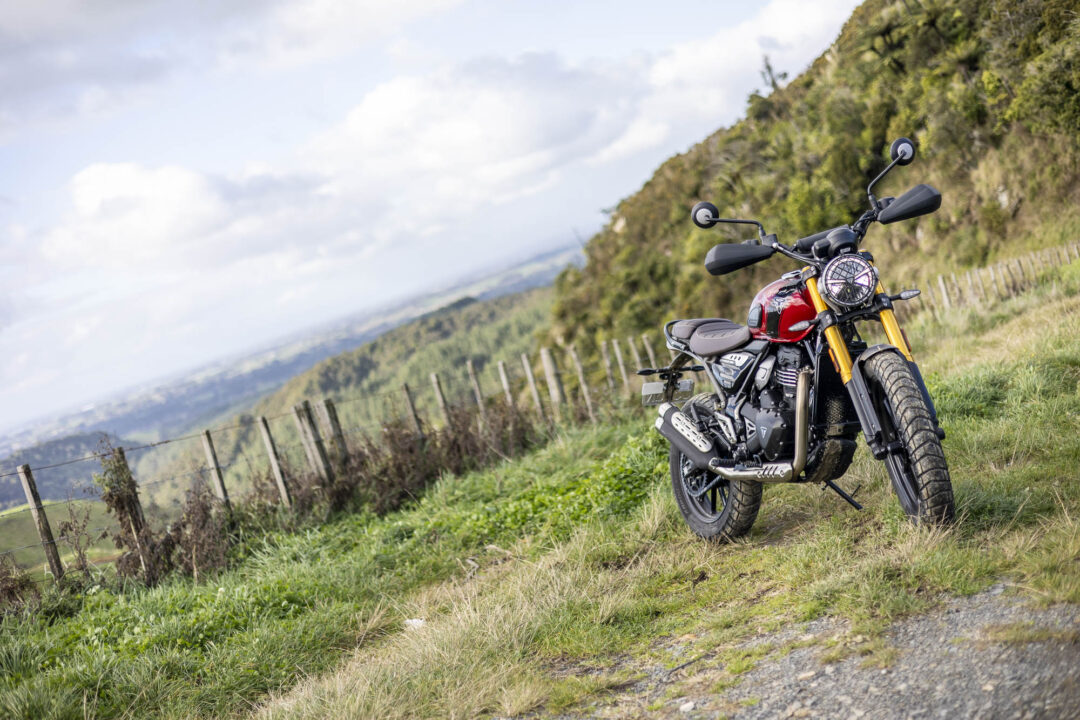
Heading For The Hills
You could expect the Scrambler 400 X to simply be used by riders looking for a cheap yet stylish commuter that gives the impression you’ve just spent a day exploring the back blocks where, in fact, you really are only exploring cafes. And diving through the streets and traffic of Hamilton, the 400 X was certainly at home with the riding position especially useful for seeing what was happening in the hustle and bustle of rush hour. Despite a wet weight of 179 kilos, the Triumph feels agile and light, which is mostly attributable to those wide handlebars and sit-up riding position. And while there’s a bit more of a stretch to the floor than the Speed 400, at no time did it feel like the Scrambler was a tall bike.
The gearing is another thing which was changed between the two models, I’m thinking to make the Scrambler a bit more manageable off-road. But what it’s meant is that first gear is exceptionally short, making traffic-light drag races a bit of a frantic affair. You can almost forget about first gear completely and pull away in second most of the time, which makes the little LCD rev counter leap up the screen at a slightly less frenetic pace.
I’ve spent plenty of time riding on Metzeler’s Karoo tyres over the years, and I know that they’re great on the road despite the slightly chunky tread pattern, and it wasn’t long before I was making the most of the Triumph’s quick steering and carving around turns and roundabouts like a proper commuter. The added ground-clearance meant that my feet weren’t draggin’ despite the exaggerated lean angles, although the feel from the front brake was certainly a bit underwhelming when upping the pace, with that change of brake pad something which I’d probably be keen to change back.
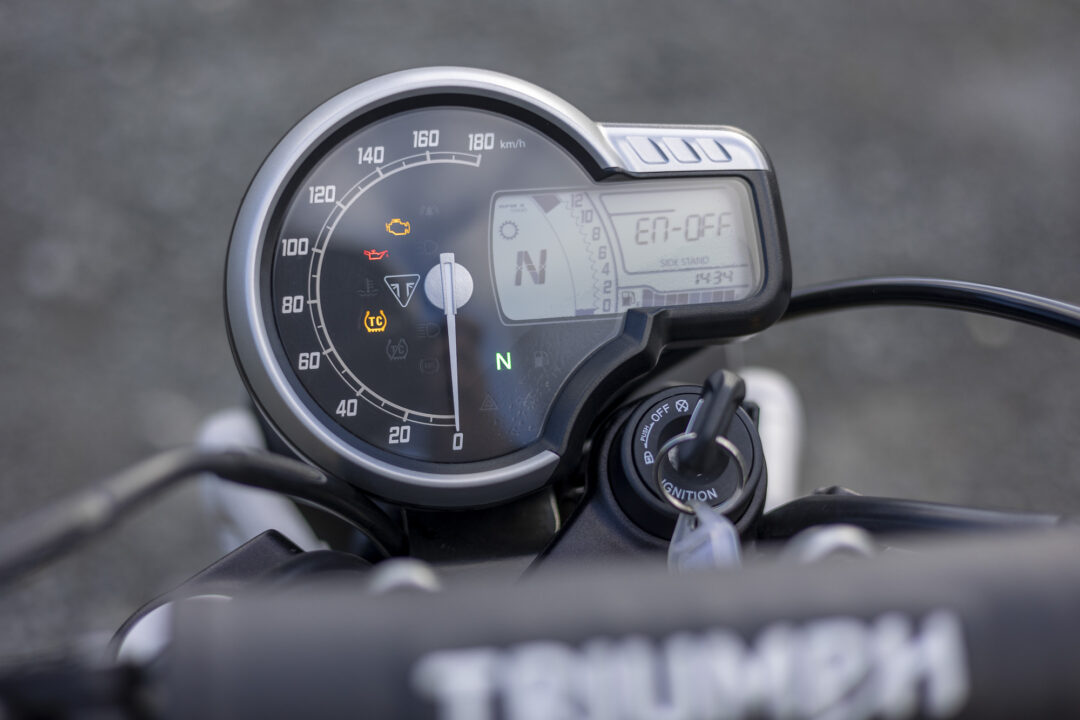
Mountain Climbing
Heading out of Hamilton towards Raglan, I made a beeline for Old Mountain Road, which is a popular gravel road heading up over the hills towards the black beaches of the West Coast. And while it sounds like it’s going to be adventurous, I knew it would still be ridable despite the massive amount of rain we’d had in the days preceding my test ride. Stopping at the transition from road to dirt had me pressing the ‘I’ button on the lefthand bar for a bit, trying to work out how to disengage the TC and ABS, and with the telltale yellow light appearing on the dash, I knew I was ready to go.
To be honest, I was a bit confused as to why you’d need to turn TC off with a bike producing slightly under 40hp, as it wasn’t wanting to set the rear Karoo spinning and sliding no matter how much I held onto the revs of the little single. That was until I came across my first set of corrugations on a turn heading uphill, and it all became clear, with the little single continuing to pull cleanly and without an electronic brain having a spasm. Standing up on the pegs showed that the slim middle and wide handlebars are perfectly positioned for riders even bigger in stature, although the small footpegs took a bit of getting used to, especially as I’d left the rubbers in. Removing them would offer much more grip.
Carving through the twists and turns of the wet and slippery road showed how the Scrambler would be perfectly suited for a rider wanting to dip their toe into a bit of gravel road riding, with the Triumph’s small, low and light profile aiding the confidence if someone is slightly unsure, rather than the towering and fire-breathing adventure models that many head straight to and instantly scare themselves silly. But, crashing through a few potholes and drainage ditches quickly showed the limitations of the suspension, especially the rear, which didn’t like the idea of trying to properly adventure.
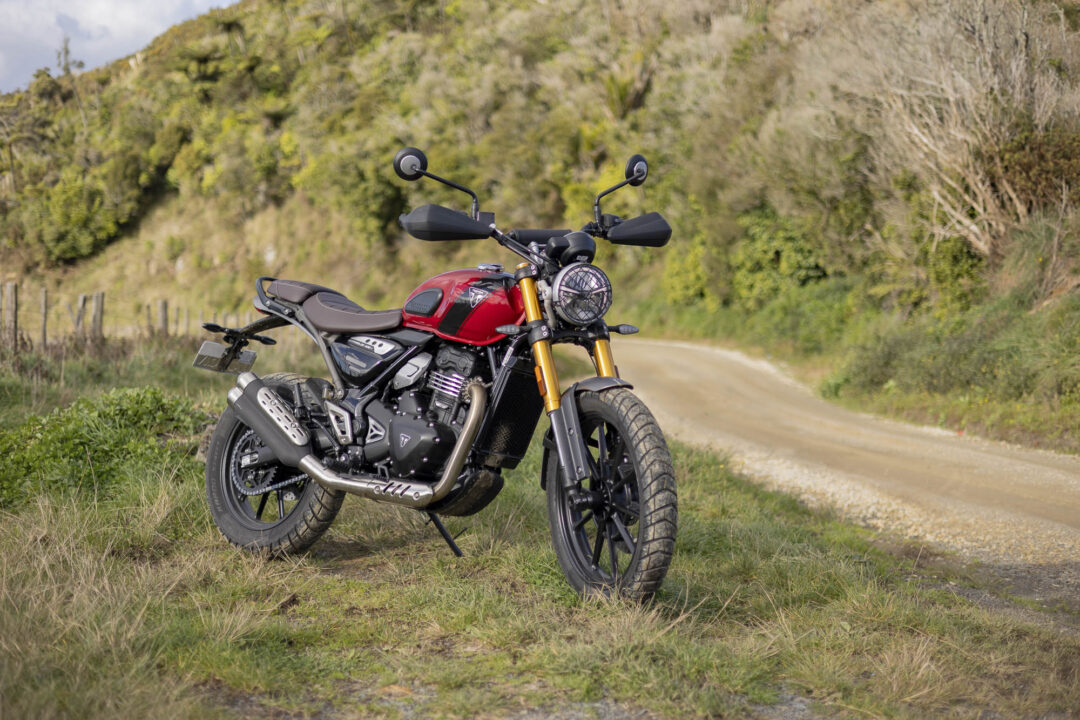
Entry Goodness
After exploring more of the Waikato’s abundant gravel roads, heading back onto the road and making a line for home, the Scrambler 400 X was once again back on the pace, carving through turns while looking slightly cooler (and dirtier) than it did on the way out. It’s fun, can handle a bit of everything in moderation and puts a smile on your face at speeds which won’t get you into trouble. It’ll happily cruise at 100km/h and will eventually pull to close to 140km/h, but it takes a while to get the needle around the dash that far.
Despite the fact that the two new Triumphs come from the Indian Baja factory, you wouldn’t know to look at them. The spec on the Scrambler is excellent for this class, it looks the business, sounds great and doesn’t mind getting dirty. All that for less than $9k. What more could you ask for…?
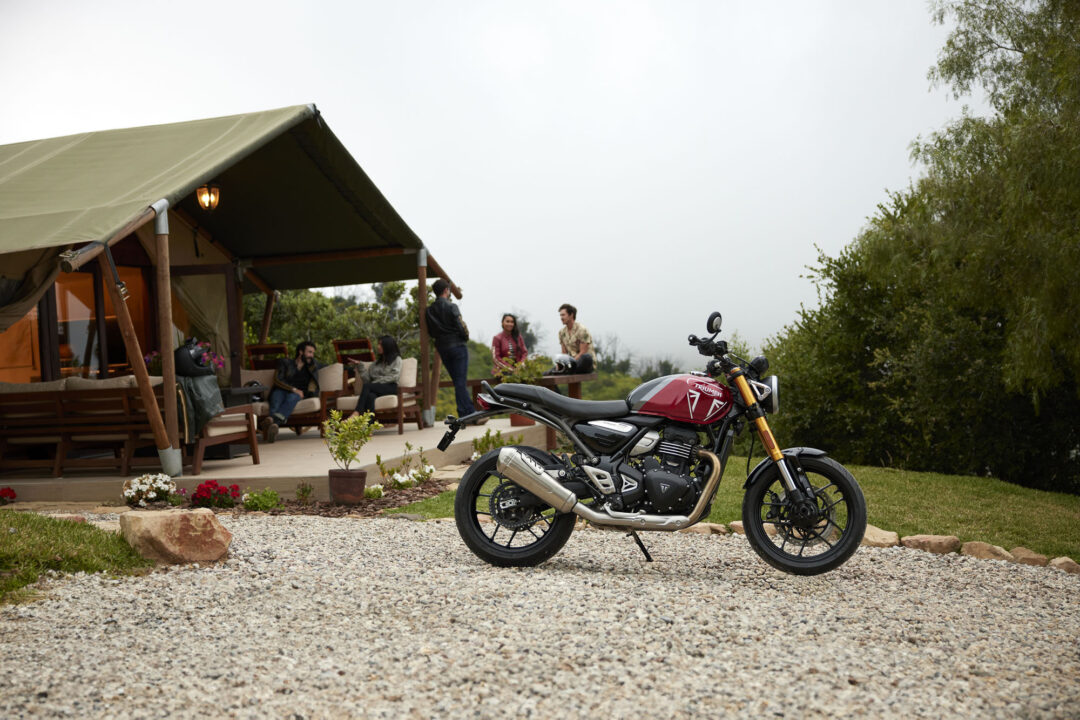
Gallery
SCRAMBLER 400 X Specifications
Price: $8,995.00
ENGINE & TRANSMISSION
Type 398.15 cc liquid-cooled, 4-valve, DOHC, single-cylinder
Bore x Stroke 89.0 mm x 64.0 mm
Compression 12:1
Max Power EC 39.5 bhp (29.4 kW) @ 8,000rpm
Max Torque EC 37.5 Nm @ 6,500rpm
Fuel System Bosch electronic fuel injection with electronic throttle control
Exhaust Stainless twin-skin header system with stainless steel silencer
Final Drive X-ring chain
Clutch Wet, multi-plate, slip
Gearbox 6-speed
CHASSIS
Frame Hybrid spine/perimeter, tubular steel, bolt-on rear subframe
Swingarm Twin-sided, cast aluminium alloy
Front Wheel Cast aluminium alloy 10 spoke, 19 x 2.5 in
Rear Wheel Cast aluminium alloy 10 spoke, 17 x 3.5 in
Front Tyre 100/90-19
Rear Tyre 140/80-17
Front Suspension 43mm upside down Big Piston forks. 150mm wheel travel
Rear Suspension Gas monoshock RSU with external reservoir and pre-load adjustment. 150mm wheel travel
Front Brakes 320mm fixed disc, four-piston radial caliper, ABS
Rear Brakes 230mm fixed disc, ByBreTM single piston floating caliper, ABS
Instrument Display and Functions Analogue speedometer with integrated multi-function LCD screen
DIMENSIONS & WEIGHTS
Width Handlebars 901mm
Height Without Mirror 1169mm
Seat Height 835mm
Wheelbase 1418mm
Rake 23.2º
Trail 108mm
Tank Capacity 13L
Wet Weight 179kg
SERVICE
Service Interval 16,000km/12 months (whichever comes first)
Contact www.triumphmotorcycles.co.nz

